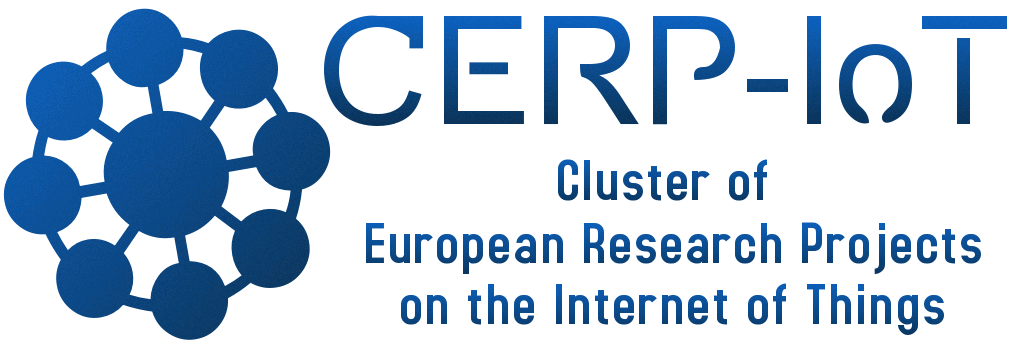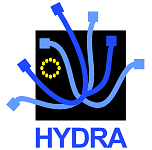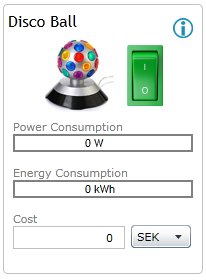Articles Hierarchy
TAS3
- 24 Apr 2008
- Related projects
- 4780 Reads
Full Name: | Trusted Architecture for Securely Shared Services | |
Basic data: | Type of the project: | ICT FP7 project, Integrated project |
| ICT: | Secure, dependable and trusted infrastructures | |
| Project Reference: | 216287 | |
| Launch: | January 2008 | |
| Duration: | 48 months | |
| Consortium: | 18 partners from 8 countries | |
| Coordinator: | Katholieke Universiteit Leuven, Belgium | |
Website: | http://tas3.eu/ | |
Description: | The aim of TAS3 project is to develop and implement an architecture with trusted services to manage and process distributed personal information generated over a person’s lifespan. This architecture will be dependable, robust, cost-effective and reliable. The personal information that will be processed and managed can consist of any type of information that is owned by or refers to people. The proposed architecture will be generic and cross-domain applicable. One of the application domains, in which this architecture will be instantiated, is the healthcare sector. In this case, the patient could be offered advanced services based on a number of personal health parameters (weight, body temperature, glucose level for diabetes patients, etc.) that are introduced by the patient himself. | |





 The Hydra project is co-funded by the
The Hydra project is co-funded by the 


